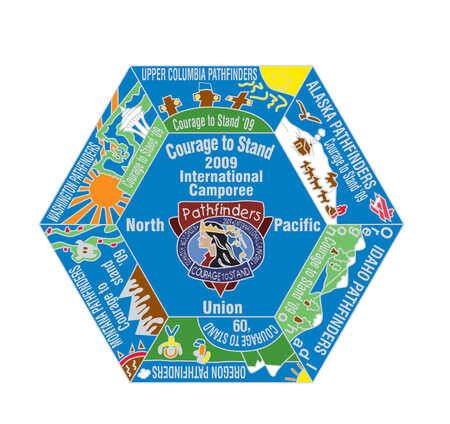• Earth's galaxy, the Milky Way, contains about 400 billion stars. There are hundreds of billions of other galaxies in the universe, some of which are much larger and contain many more stars than the Milky Way.
• Astronomers have discovered dozens of planets orbiting stars other than the sun. We know of many more planets outside our solar system than inside.
• Mercury and Venus are the only planets in Earth's solar system that don't have moons. The number of moons varies a lot from planet to planet. Earth has only one, but astronomers have counted 16 moons floating around Jupiter.
• The surface temperature on Venus is hot enough to melt lead, which melts at 328°C (662°F).
• Jupiter, Saturn, Uranus and Neptune all have rings.
• Jupiter is huge! If Jupiter was hollow, you could fit about 1,400 Earth-sized planets inside with a little room to spare.
• Major storms are common on Jupiter. Its most famous storm is the Great Red Spot, which has been raging since telescopes were first aimed at the planet centuries ago. The spot is so big that about two Earths could comfortably fit inside it. Astronomers think that the storm is more than 300 years old!
• The Voyager probes (launched in 1977) yielded some surprising information about Jupiter's moons. The most surprising discovery was that one of the moons, Io, is covered with active volcanoes spewing ice and sulfur compounds into space. Io was the first celestial body other than Earth found to be geologically active.
• Mars is home to the largest known volcano in the solar system, Olympus Mons. It is 26 km (16 mi) high (almost twice as high as Earth's Mount Everest) and covers an area about as large as the state of Arizona.
• Neptune has the fastest winds in the solar system, reaching speeds of 2,000 km/hr (1,200 mi/hr).
Source: Encarta.msn.com




